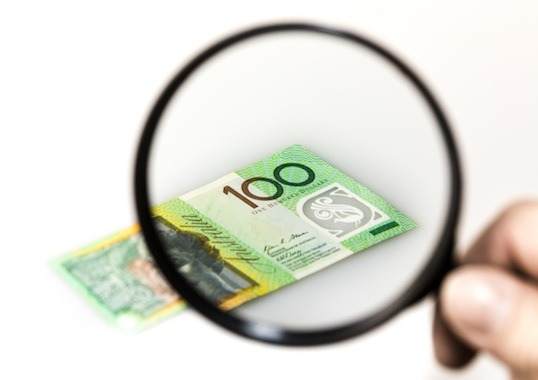18 December 2015
B y Stephen Koukoulas
A core philosophy of Malcolm Turnbull and the Liberal party is big government. This is shown in policies that deliver high government spending and high taxation. As well as a clear inability to get the budget anywhere near surplus because of this disposition to spending, this is one of the highlights from Scott Morrison’s midyear economic and fiscal outlook for 2015-16.
The Coalition parties under Tony Abbott and now Turnbull have been unable to contain government spending. This is to the point where the budget deficits are significantly larger than Labor was scheduling in its last budget in May 2013, the return to surplus is about half a decade later than Labor was estimating and government debt is rising at a rate that would be causing some anxiety for the sovereign credit ratings agencies.
Under Turnbull, government spending will increase by 2% in real terms (which allows for inflation) in 2015-16. In each of the following three years, spending will continue to grow at a rapid clip. As a share of GDP, government spending will be at or above 25.3% in each and every year out to 2018-19, a fact that should once and for all smash the perception that the Liberal party is for “small government” with a lower rate of interference in the functioning of the economy than Labor.
The facts are clear.
The previous Labor government was heavily criticised for its spending programs, yet it maintained spending below 25% of GDP in three of the years it was in office. As a result, government spending averaged just 24.9% of GDP during its full term of office, which is 0.7% ($12bn in today’s dollar terms) less a year on average than under the current government. The Labor government spending included the obvious cash splash that encapsulated the fiscal stimulus implemented during the global financial crisis. Australia dodged recession because of those policies. There is no global recession now.
The big spending embraced by the Turnbull government is fundamentally the reason why the budget surplus has been pushed out a further year. The revenue base, in particular tax collections, is growing nicely with the economy recording a solid if not spectacular rate of economic growth. The unemployment rate has surprised even the optimists on the downside, which means greater tax revenue from the larger workforce and lower payments to the unemployed.
Indeed, the Myefo confirms that tax revenue will rise to 23.1% of GDP in 2018-19, which is well above any level of tax that Labor has exceeded only twice in the past 65 years. Not Whitlam, nor Keating, nor Rudd, nor Gillard ever taxed this high. The only government to have a higher tax to GDP ratio was John Howard, who exceeded this rate in eight of his years in office.
The budget update puts paid to the conventional wisdom that the Liberals believe in and deliver small government. The facts prove the exact opposite.
It is also extraordinary, at least relative to the rhetoric, to see government debt rising at a rapid pace. After the 2013 election, the Liberal party inherited net government debt of 10% of GDP. It now has a policy agenda that on its own estimates will see net debt spike to a peacetime record high of 18.5% of GDP in 2017-18. Only during world wars has government debt been higher.
As the 2016 election nears, economic management will no doubt be a dominant issue for voters. The side that is most likely to win the election will be the one that the electorate judges to have the ability to preside over economic policies that deliver decent jobs growth, have well targeted and prudent spending, a bias towards reasonable taxes, yet will deliver the services and support that voters hanker for.

